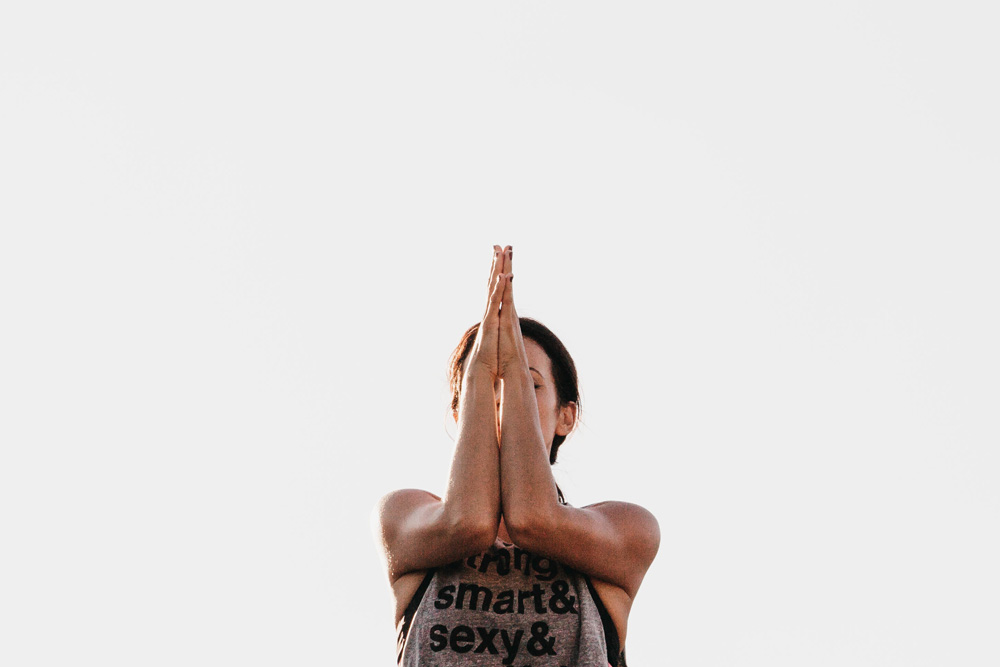Kapalabhati Pranayama
Breathing to cleanse the frontal brain and CATCH UP
This pranayama, breathing technique, invigorates the entire brain and the centres responsible for more subtle perception and insight. Kapal is the cranium and forehead and Bhati means light, splendour, perception or knowledge. Kapalabhati is therefore considered a shatkarma, a cleansing technique for the frontal brain.
Source: Prana, Pranayama, Prana Vidya
Benefits
- Purifies ida and pingala nadi’s (yin and yang) which run up and around Sushumna nadi our central channel.
- Removes sensory distractions from the brain because of the change in pressure through the breathing it calms the vrittis -mental stimulants.
- Prepares the mind for meditation
- Energises the mind for mental work
- Removes sleepiness
- Cleansing effect on the lungs
- Especially good for this time of year – changing season
- Especially good for asthmatics, emphysea, bronchitis, tuberculosis
- Can be effective in child-birth
- Balances and strengthens the nervous system
- Tones the digestive organs
Technique
Sit in a comfortable meditation pose: spine lifted and take a moment to relax the whole body. To start this technique have a soft belly and let your hands rest on the belly. Bring a slow deep belly breath into the body through both nostrils and then exhale, pump the belly to the spine, the inhales should then come in gently and your focus is on an active exhale, always pumping the belly in or back to the spine with the exhalations.
The exhalation is active and the inhale should be spontaneous with the abdominal muscles naturally expanding.
Beginners:
Try doing 10 x breaths and then rest.
Practice 3 – 5 rounds
If you know this pranayama then work up to 30 or more breaths and then also try full padmasana and lifting the body off the mat and pump the belly. Practice: 5 rounds
Tips
Please make sure the movement comes from the pumping of the belly, not from lifting the chest.
Best done on an empty stomach or at least 3-4 hours after meals, can be practiced at any time of the day.
If pain or dizziness is experienced, stop the practice and sit quietly for a few moments, try again with less force an a more subtle effect. Tuck the chin towards notch of throat too.
Awareness
Physical
on the rhythm of the breaths, keeping count
Spiritual
Chidakasha: is the inner space or space or consciousness or the space between the eye-brow centre.
Completion
Once completing the rounds, maintain awareness in the void between the eyebrow centre and notice the feeling here for you.
Contra-indications
If you have heart disease, high BP, vertigo, epilepsy, stroke, hernia or gastric ulcer please do not practice this technique.

Subscribe to our newsletter for more great yoga advice and inspiration.
Stay on track with your personal yoga journey. Our newsletter is all about providing you with inspiration and advice to encourage motivation, improve techniques and help you get the most out of your yoga practice.
